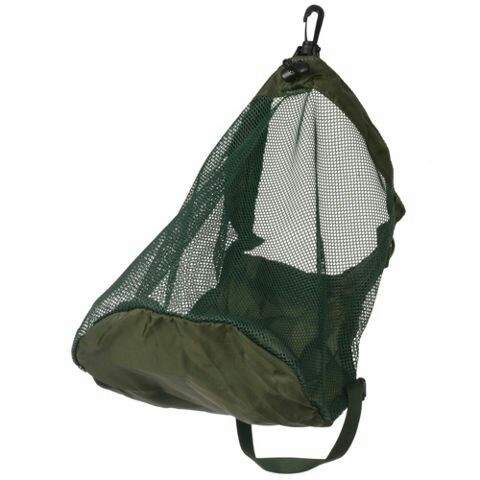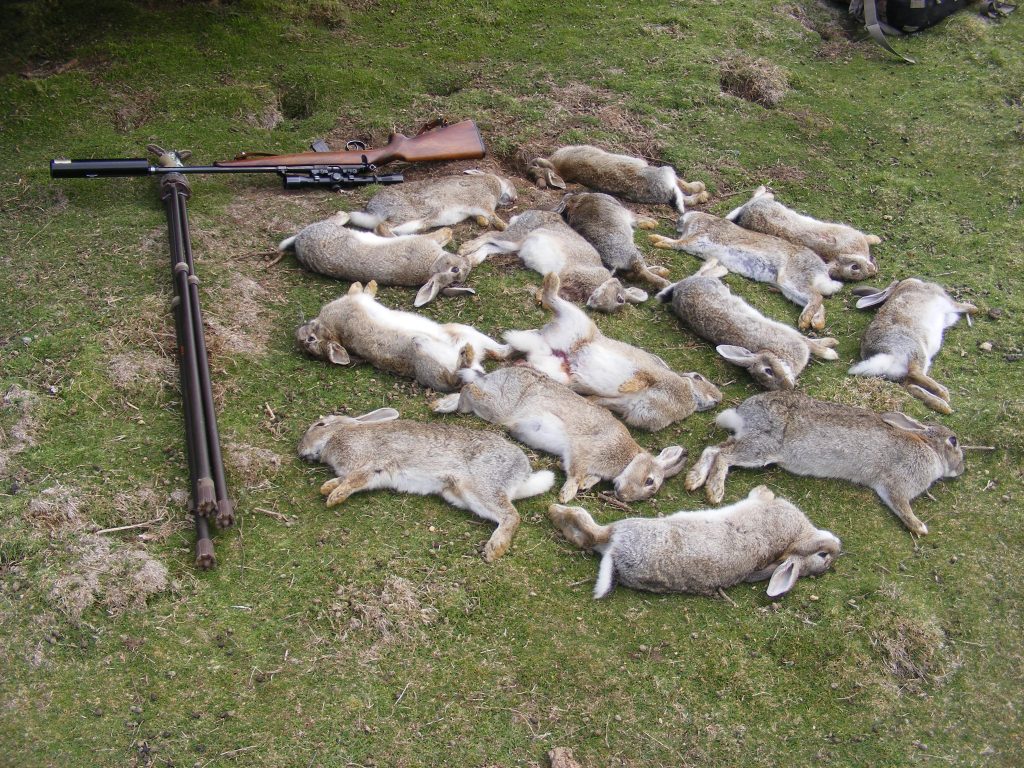Your cart is currently empty!

How to Carry Rabbits When Hunting: A Guide from the Field to the Table

Table of Contents
Introduction
Hunting is a sport of patience, skill, and respect for the environment and animals. And if you’re reading this, you might be nodding, remembering the first time you bagged a rabbit and thought, “Okay, now what?” Knowing how to carry rabbits when hunting can be just as crucial as the actual rabbit hunt itself. It ensures the preservation of your game and keeps the meat fresh and clean. Plus, there’s always that hint of pride in knowing you’ve done the job well from start to finish. Let’s dive into it.
Ethical Considerations
The essence of hunting, for many of us, goes beyond the sport—it’s about connecting with nature, self-sufficiency, and an understanding of where our food comes from.
I recall my grandfather once told me, “When you take an animal’s life, you bear the responsibility to ensure it does not go to waste.” Respect for the rabbit means making sure it’s a clean kill, reducing its suffering. The difference between a good hunt and a great hunt often boils down to this respect.
There’s a haunting beauty in the silent woods when you spot a rabbit, and the culmination of the hunt should be done with gratitude and responsibility. A quick and efficient kill minimizes pain and is part of the hunter’s unwritten code of ethics.
Tools and Equipment for Carrying Rabbits
You wouldn’t head out to the woods without your rifle or bow, so why would you neglect the right carrying equipment? Think of these as extensions of your hunting toolkit.
Game Bags: These have been a game-changer for me, quite literally. The right game bag should have proper ventilation, be easy to clean, and lightweight. The ventilation helps in cooling down the rabbit quicker, preserving meat quality.

Hunting Vests with Game Pouches: I remember one hunt where I used an old backpack instead of a proper vest—let’s just say it wasn’t a comfortable experience. Vests distribute the weight of the game, freeing your hands up for other tasks.
Shoulder Slings or Small Game Carriers: These are especially useful if you’re having a successful day. On one of my most successful outings, I was thankful to have a game carrier sling. Without it, juggling multiple rabbits would’ve been a circus act!
Proper Handling Techniques
Over the years, I’ve learned that how to carry rabbits when hunting can directly impact the quality of the meat. Let’s get into the meat (pun intended) of the matter.
Cooling the Game Rapidly: Back in the day, I’d get so caught up in the thrill of the hunt that I sometimes neglected this part. Big mistake. Cooling helps preserve meat quality, and gutting the game accelerates this cooling process.
Carrying by the Hind Legs: This method is a classic for a reason. Holding them this way reduces the risk of fur contamination, which can make the cleaning process tedious. I learned this the hard way after a messy dinner preparation incident.
Ensuring Minimal Fur Contamination: Speaking of fur, always try to keep it off the meat. It sounds obvious, but when you’re in the middle of a hunt and handling multiple rabbits, it’s easy to forget.
Storing and Transporting After the Hunt
Post-hunt, the adventure of how to carry rabbits when hunting shifts to how to keep them till they reach your dinner table.

Temperature Considerations: Keeping your game cool is paramount. I once left a rabbit in the back of my car, thinking the shade was enough—it wasn’t. Invest in an ice chest or cooler.
Container Suggestions: Ice chests or coolers with ice packs are lifesavers. Trust me, the meat tastes a whole lot better when stored correctly.
Proper Positioning: Always lay rabbits flat. I discovered blood pooling in one of my first hunts because I’d hung the rabbit by its ears, affecting the meat’s taste and texture.
Related Questions
- Q1: What if I’m not ready to gut the rabbit immediately after the hunt?
Well, ideally, you’d want to gut it ASAP. But if you can’t, ensure it’s kept cool and gut it within a few hours. - Q2: How long can rabbits be safely stored before processing?
With proper cooling, you can store them for a couple of days, but fresher is always better. - Q3: What are some signs that the rabbit might be unhealthy or not fit for consumption?
Look for unusual spots, patches, or a sickly appearance. If in doubt, it’s safer not to consume.
Summary
Understanding how to carry rabbits when hunting is a blend of respect, efficiency, and safety. From the field to your plate, every step plays a role in ensuring the best outcome. Whether you’re a seasoned hunter or just starting out, always be open to learning and improving. And remember, the hunt doesn’t end when the rabbit is down—it ends when the meal is enjoyed. Happy hunting!

Herb has been a longtime lover of the outdoors. Whether it be hunting, camping, fishing or just getting outside to reset. Proud father and animal lover. Bourbon anyone?

by
Tags:
Comments
2 responses to “How to Carry Rabbits When Hunting: A Guide from the Field to the Table”
-
[…] an epiphany. Pockets galore! From ammo and snacks to first-aid essentials, a good hunting vest with ample storage is invaluable. Some states or regions also have visibility regulations, requiring hunters to wear blaze orange […]
-
[…] isn’t just about the catch; it’s the dance of anticipation and adaptability. Transitioning to rabbit hunting or even just adding it to your repertoire requires understanding the unique quirks of these […]

Categories
- Big Game Hunting (301)
- Deer (202)
- Reviews (3)
- Shooting (16)
- Slingshot (1)
- Small Game Hunting (42)
- Upland Hunting (126)
- Waterfowl Hunting (3)





Leave a Reply